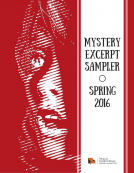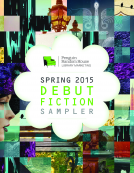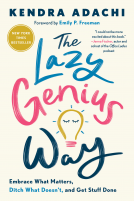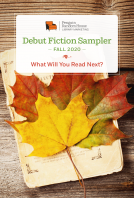
Suicidal
Why We Kill Ourselves
by Jesse Bering
This title was previously available on NetGalley and is now archived.
Send NetGalley books directly to your Kindle or Kindle app
1
To read on a Kindle or Kindle app, please add kindle@netgalley.com as an approved email address to receive files in your Amazon account. Click here for step-by-step instructions.
2
Also find your Kindle email address within your Amazon account, and enter it here.
Pub Date Oct 30 2018 | Archive Date Dec 01 2018
Talking about this book? Use #Suicidal #NetGalley. More hashtag tips!
Description
Bering survived. And in addition to relief, the fading of his suicidal thoughts brought curiosity. Where had they come from? Would they return? Is the suicidal impulse found in other animals? Or is our vulnerability to suicide a uniquely human evolutionary development? In Suicidal, Bering answers all these questions and more, taking us through the science and psychology of suicide, revealing its cognitive secrets and the subtle tricks our minds play on us when we’re easy emotional prey. Scientific studies, personal stories, and remarkable cross-species comparisons come together to help readers critically analyze their own doomsday thoughts while gaining broad insight into a problem that, tragically, will most likely touch all of us at some point in our lives. But while the subject is certainly a heavy one, Bering’s touch is light. Having been through this himself, he knows that sometimes the most effective response to our darkest moments is a gentle humor, one that, while not denying the seriousness of suffering, at the same time acknowledges our complicated, flawed, and yet precious existence.
Authoritative, accessible, personal, profound—there’s never been a book on suicide like this. It will help you understand yourself and your loved ones, and it will change the way you think about this most vexing of human problems.
Advance Praise
Paul Bloom, author of Against Empathy
"I'm not surprised that a book on suicide would be very personal, but I didn’t expect it to be so damn funny. It's also engaging, thoughtful, and sensitive--although Bering is certainly irreverent, there is a real appreciation of how painful and difficult this topic can be. This is a book for scholars and for a general audience, but it is also entirely suitable for people whose lives have been touched by the suicide of someone they loved."
Forbes
"I have yet to come away from reading one of [Bering's] essays and not feel considerably better informed than I was just minutes before."
Available Editions
| EDITION | Other Format |
| ISBN | 9780226463322 |
| PRICE | $30.00 (USD) |
| PAGES | 272 |


















